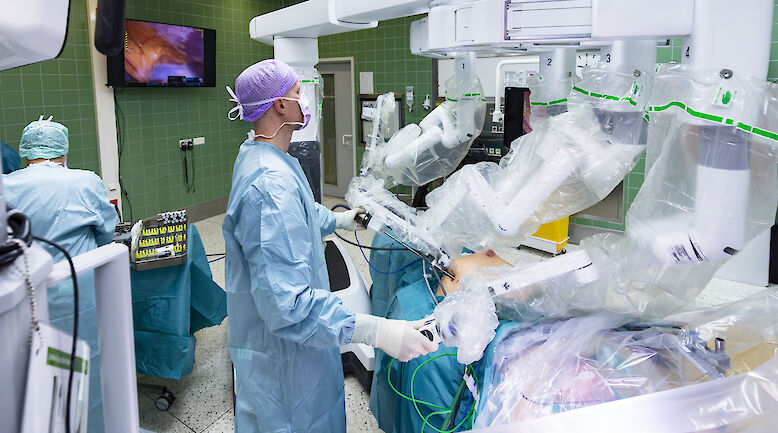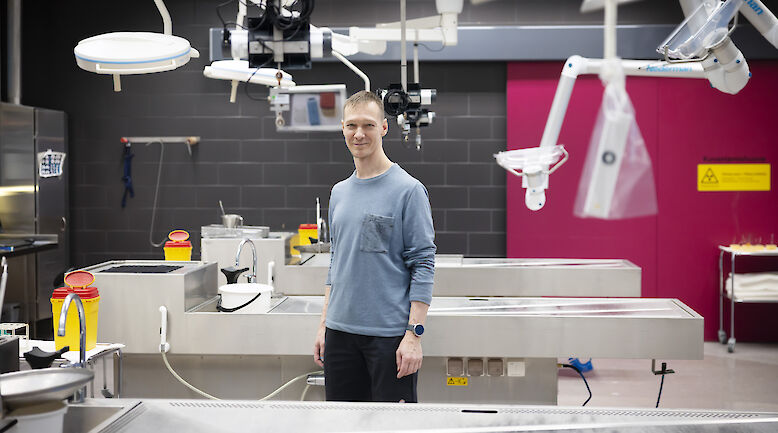Can prevalence of rare diseases be estimated based on ICD-10 codes?

Background It is estimated that there are more than 6,000 rare diseases. Around 6–8% of the population have a rare disease. Only a fraction of rare diseases have their own ICD-10 diagnosis code. Our goal was to compile a list of ICD-10 diagnoses for probable rare diseases and to estimate the prevalence of diseases and the costs of treatment.Methods We compiled a list of 1,544 ICD-10 diagnoses with experts to cover rare diseases as well as possible, excluding rare cancers and some other disease groups. Based on the diagnoses, we searched for information on visits and hospitalisations from THL's Hilmo register during the years 2015–2020. Treatment costs were examined for university hospitals.Results The ICD-10 code related to a rare disease was entered in the Hilmo register for 459,359 patients during 2015 to 2020. The patients in our data represented 10% of the clients of specialized medical care. Altogether 13% of the visits and hospitalisations were related to their treatment. Visits of rare disease patients accounted for 15% of the costs of university hospital care.Conclusions Based on our data, it was not possible to accurately determine whether there are real rare diseases behind the recorded diagnoses. More precise codes are necessary for the development of treatments and the service system. Rare diseases are common together.
Satu Wedenoja, Helena Kääriäinen, Mika Gissler, Mikko Seppänen













